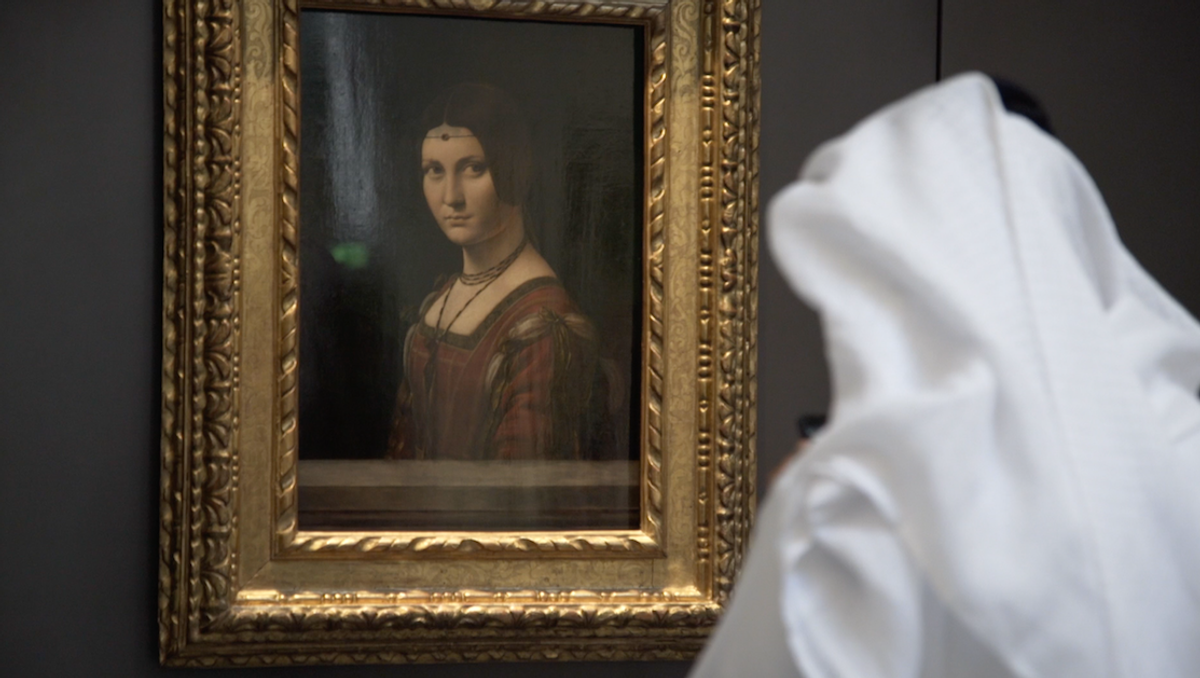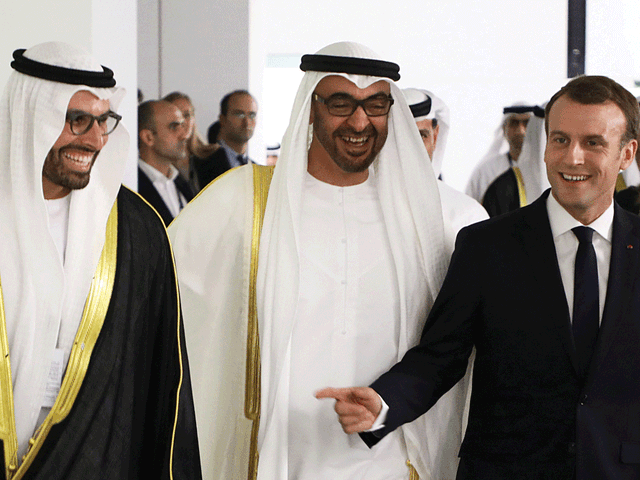In a splendid example of international cultural co-operation, today (8 November) the presidents of France and the United Arab Emirates (UAE) are inaugurating Louvre Abu Dhabi, whose latticed dome apparently floats over the medina of buildings that make up the museum. Inside they will see paintings of the utmost fame lent from Paris, such as La Belle Ferronnière (around 1490) by Leonardo and David’s Napoleon crossing the Alps (1803), as well as the 600 or so works that Abu Dhabi has bought since the project was agreed in 2007.
Among them are a Qur’an, a Gothic Bible and a Torah that are given equal prominence in the Gallery of Universal Religions. As you walk through the galleries, you will find other masterpieces created in the service of their various religions.
We in the West should be rejoicing at this very deliberate and prominent exhibition of ecumenical acceptance by the UAE, because elsewhere in the Middle East, the age-old cohabitation of Muslims with Christians and Jews has been destroyed in just a few years as Salafists and their violent followers, such as Islamic State, proclaimed jihad against other religions.
Louvre Abu Dhabi is consciously opposing this with its universal approach, which derives from the open-mindedness of the founder of the UAE, Sheikh Zayed bin Sultan al Nahyan, whose views are still venerated today, 13 years after his death. One of his sayings was: “Islam rejects violence practised by terrorists who kill their brethren and commit despicable actions under the shelter of religion; Islam dissociates itself strictly from these people and their actions.”
It is no coincidence that last December, at a conference convoked in Abu Dhabi, his son, Sheikh Mohammed bin Zayed Al Nahyan, the Crown Prince of Abu Dhabi, denounced the destruction of heritage sites by terrorists and illicit trade in antiquities by groups “that aim to obliterate the international heritage of humanity, and who are rejected by all God-given religions and human nature”, as he put up money for damaged monuments to be restored. Sheikh Mohammed, together with his brother Sheikh Abdullah, the minister of foreign affairs, is the prime mover behind Louvre Abu Dhabi.
Of course, the message of this universal museum will be of little use if there is no one to hear it. Westerners frequently assume that Louvre Abu Dhabi and the other museums planned for Saadiyat Island will have little connection with the local population and are being built mainly for the tourists. This is condescending and untrue. In slightly over ten years, the Abu Dhabi authorities have sponsored exhibitions, an art fair, artists, art prizes, arts courses and residencies. All this, combined with the rise of the neighbouring emirates of Dubai as a commercial art centre and Sharjah as the biennial queen of the Middle East, plus the creation of a UAE pavilion at the Venice Biennale, means that there is now a local public eager to see what the architect Jean Nouvel’s masterpiece has to offer. Emirati curators have been trained and Hissa Al Dhaheri, the female deputy director, has devised an educational programme that reaches as far as the remoter eastern emirates. The national curriculum has been modified to embrace art, creative studies and the museum.
There remains a shadow to this sunny picture, which is the question of workers’ rights. Although the treatment of the men (mostly from the Indian subcontinent) who have built the museum has improved over the past decade, there are still important areas that need to be reformed, such as the establishment of a minimum wage. It would be an improvement in the social fabric of the UAE even greater than the creation of the museums if this situation could evolve for the better when it is the turn of the Zayed National Museum to be built.
• Anna Somers Cocks is the founder-editor and chairman of The Art Newspaper



